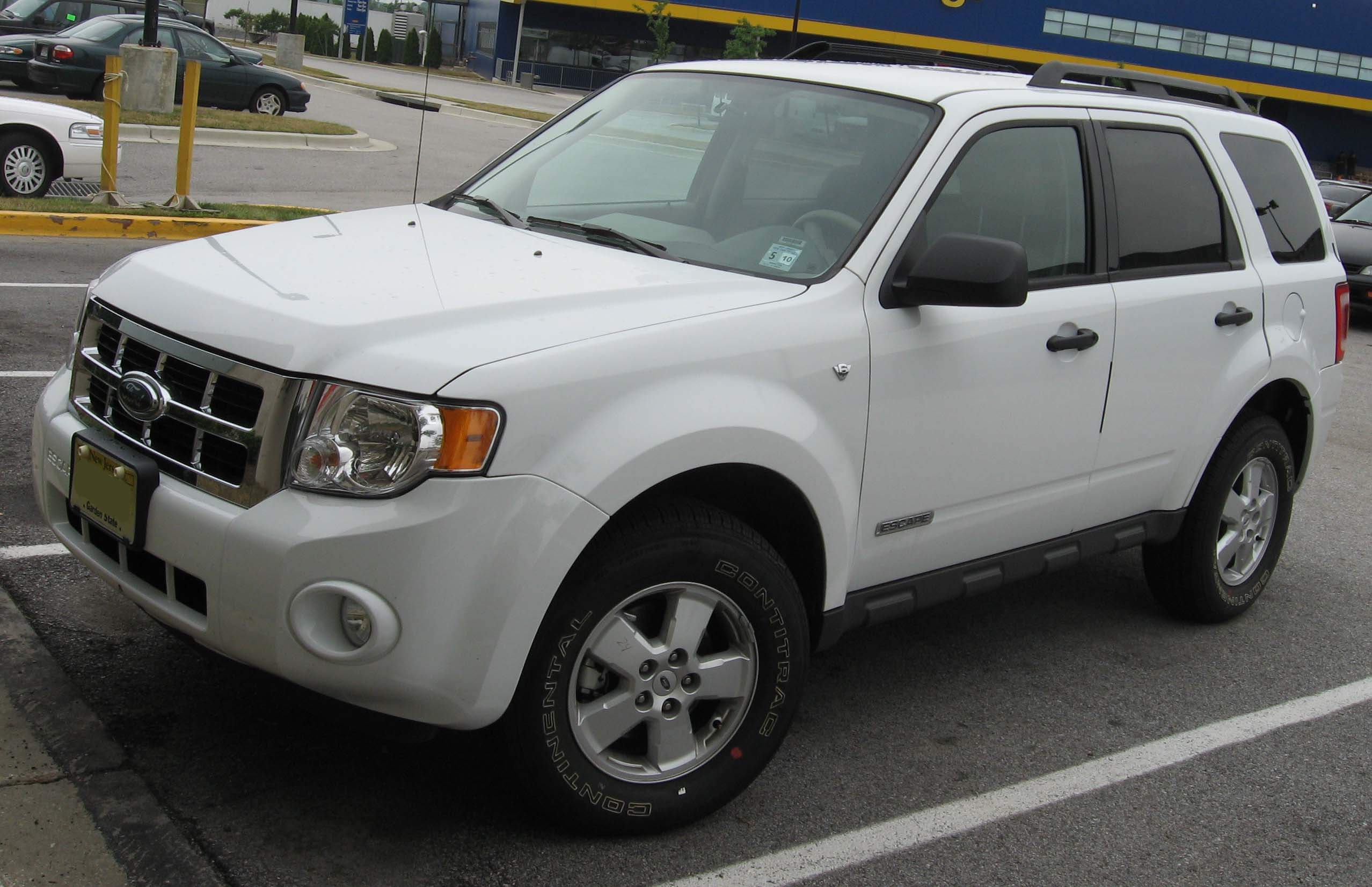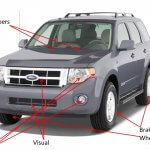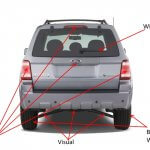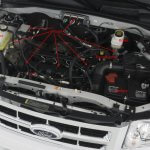So a while back I wrote up a bit about a guide I use to check my car once (and now twice) a month. I figured maybe someone else could use it, so I share it here now.
- Tires
- Eye-Ball Check: Look for nails, scuffs, bubbles, anything out of the ordinary. Your tire shouldn’t look like this or this.
- Tread Depth Check: This is a tip from Goodyear: One easy way is the penny test. Simply insert a penny into your tire’s tread groove with Lincoln’s head upside down and facing you. If you can see all of Lincoln’s head, your tread depth is less than 2/32 inch and it’s time to replace your tires.
- Pressure Check: Check the pressure in your tires and make sure they’re not over or under pressurized. Both are bad in different ways. Look here for some examples. Tires are rated at cold-fill pressures, so don’t check them right after driving. Let them rest a bit.
- Lug Nuts: Check to make sure all your lug nuts are present and properly locked down. Loose and missing lug nuts can result in tires wobbling, damage to suspension and all around bad time.
- Lamps
- Brake Lamps: Check to make sure all your brake lights light up. If they all don’t work, check your fuses. If the fuses are fine, check the contacts for DC Voltage (probably 12V) and the bulbs for continuity (hopefully some measure of resistance). If you find any are out, replace them. I just replaced all 5 bulbs in my high-point brake light on my Escape.
- Turn Indicators: Turn on your hazard indicator switch. This will engage all your turn indicators simultaneously. Make sure they light up. Turn off the hazard indicator, then try each left and right turn indicators. On my car (and I imagine most cars) if one of them is out the indicator will flash rapidly because there’s over voltage. Replace bulbs as necessary.
- Hi/Lo Beams: Turn on your front lights. Make sure they’re bright and relatively level. Switch to your high beams. Do the same.
- Fog Lamps: Make sure you check these too! There should be a way to turn them on using your light control panel.
- Brakes
- Visual Inspection: Easier with the wheels off, but not 100% necessary since most brake systems have wear indicators which audibly alert you when they’re low. We’re more interested in the shape/color of the rotors and how they feel. If you run your finger against the rotor you will probably be able to feel fine lines: that’s fine. If there’s gouges and deep troughs you should be concerned and do a proper breakdown check of the brake system. Rotors may have some signs of rust, but if the entire surface is rusted you should consider replacement. A light spray of brake clean on the surfaces is OK. Don’t forget to check the back side of the rotors! If you have drum brakes (like I do in the rear) then get down under the car and use a flashlight to look around.
- Pressure: Apply steady, even pressure to your brake pedal and make sure nothing feels weird. You know your car better than anyone and should be able to tell if there’s too much (or little) pressure required to push the pedal.
- Parking Brake: Lock your parking brake in place, put your car in neutral, and try to move your car. It shouldn’t move much at all. We just want to make sure it’s working as expected here. Don’t push too hard, in case the parking brake doesn’t work.
- Fluids
- Oil Level & Quality: Use the dip stick to check the volume of oil in your vehicle. Also check the quality. If it’s black and goopy you should immediately get the oil replaced and your engine examined. Oil should never be goopy. It should also never have metal shavings in it. Both are signs of problems. Don’t over nor under fill the oil in your vehicle. People have varying opinions on this. I check the oil when it’s cold, but you can check it when it’s hot. So long as it is within the range on the dipstick, you’re fine.
- Brake Fluid: Here’s a good guide that I use for my car. They have a lot of good instructional videos and I think you’ll likely find your car (or similar) on it. Again, there’s a range. Try and keep it between the max and min. Pour carefully so you don’t introduce air into the system unnecessarily.
- Power Steering Fluid: Not necessary on my 2008 Ford Escape (Electric Power Steering) but your car may have it. Look for the reservoir and check for max and min fill lines. More information here.
- Transmission Fluid: Helps keep the transmission humming right along. Here’s another guide. For me, it’s another dip stick. You may have a reservoir. The process is basically the same, either way.
- Coolant: No one wants an overheated engine. Mine is a reservoir. Locate it, check the fluid levels on the outside and inside of the reservoir (I say this because my reservoir is stained orange and hard to view from the outside).
- Windshield Wipers: Nothing worse than going to hit the wipers and getting nothing out of them. Hard to check these on the Escape because the reservoir is down low, but if you shine a flash light in there you can see a ballpark amount of fluid left in the thing. Add as necessary. I keep a container in my car.
- Batteries
- Voltage: Use a meter to verify voltage from the battery. I have a device that plugs into the ODB2 output and syncs to my phone to display live-time voltage. You can get special meters to test Cold Crank Amps which is useful, but a little overkill for monthly/bi-monthly checking.
- Appearance: Check for build up on the terminals. Clean as necessary with a wire brush or battery terminal cleaner. Apply anti-corrosion spray or terminal grease as necessary. Poor contact results in poor performance.
- Wipers
- Appearance: Make sure the rubber of the wiper blades isn’t cracked or damaged. This will result in poor wiping and streaks.
- Movement: Check to make sure the wipers move as expected, fluid and complete range of motion.
- Horn
- Sound: Press the horn and make sure it works. Simple.
- Visual Inspection
- Do a complete walk around of the exterior of your vehicle. Make sure nothing looks weird, damaged, dinged, dented, discolored, or otherwise not right.
- Open the hood and inspect the engine compartment. Sniff around, use a flash light. Use common sense. If you see something that doesn’t look right, take a picture and ask a mechanic for advice.
- Go under your car and make sure everything looks good. Look for things that might be leaks, overly rusted, or otherwise not right.
That’s the basic checklist I use. I’m sure it’s not complete but I also didn’t include things that you’d need tools to check. A simple rag is sufficient to check most of these things.
Here’s a visual for my 2008 Ford Escape:
- Front View
- Rear View
- Engine View
We check these things early and often because doing so is preventative care. We want to avoid doing catastrophic damage to others, ourselves, or our vehicles. This is good for our mental well being (nothing worse than trying to go to work only to find a non-working car) and our wallet.
-M, out



